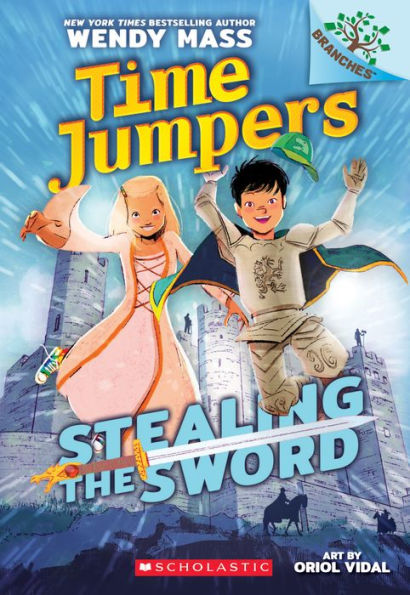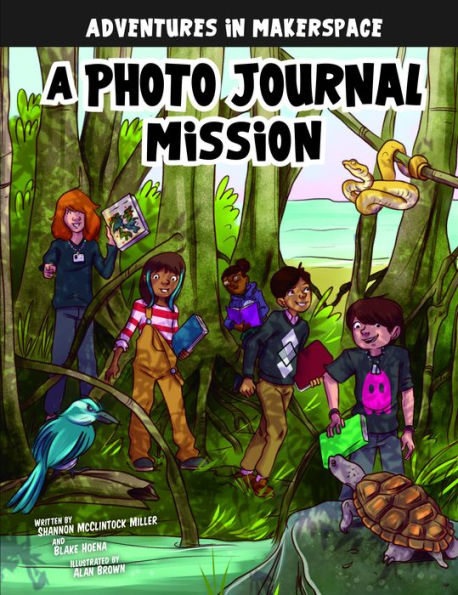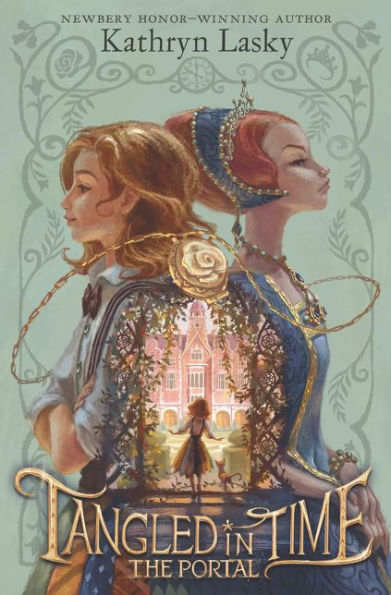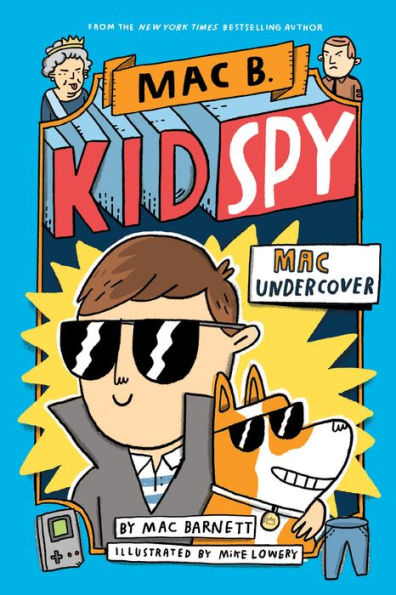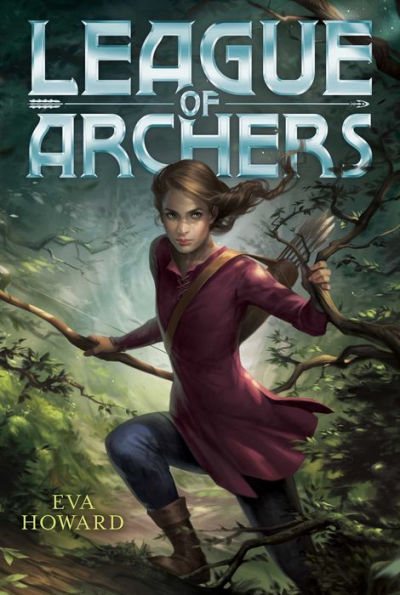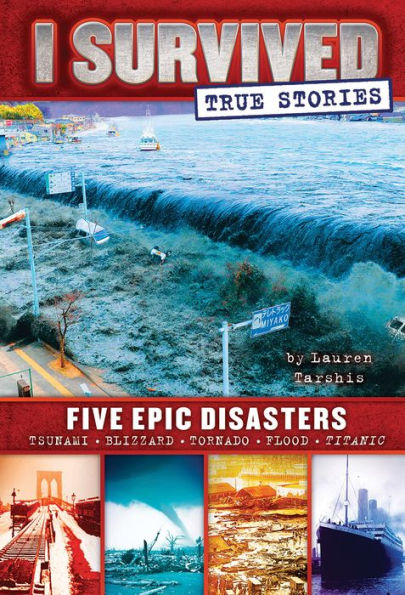Elinor Dray and her friends idolize Robin Hood. Calling themselves the League of Archers, they illegally hunt on Lord de Lay’s land. Although the game is scarce, the meat they obtain is used to feed their families and help the poor. One night, Ellie meets a man in the woods who has been shot with a poisoned arrow. When Ellie takes the man to the nunnery, Ellie discovers the man’s identity—Robin Hood. And the abbess of the nunnery is Maid Marian.
When Maid Marian’s secret is revealed, the Lord de Lay arrests Marian and blames Ellie for Robin Hood’s death. The villagers believe Ellie is a traitor to the poor and vow to hunt her down. Living as an outlaw, Ellie and the League of Archers attempt to clear Ellie’s name, free Maid Marian, and keep Robin Hood’s legacy alive.
Action-packed and full of battles, League of Archers has a strong female protagonist, who wants to do what is right. As Ellie fights to stay alive, she struggles with the need to hurt the baron’s guards in order to stay alive. Ellie truly cares about the needs of others and often wonders, What would Robin Hood do? Throughout the story, the hero Robin Hood is not portrayed as a perfect hero, but as a man who makes mistakes. Although many of his great deeds of legend are true, many of his deeds are exaggerated. However, it is clear that Robin Hood, flaws and all, is still a great man.
Despite the high-interest topic of the story, the plot is complicated and not necessarily believable. The character’s dialogue is not true to the time period, and the storyline is not historically accurate. Even though junior high readers may not pick up on all of the inaccuracies, some will question how a twelve-year-old girl was able to successfully use Robin Hood’s bow.
Friar Tuck, Maid Marian, and the League of Archers—all of them could have been interesting characters. However, none of them are developed into individual people. Ellie is the only character whose thoughts and feelings are shown, but her conflict lacks more specific details that would explain how she came to be a master archer who wants to be like Robin Hood. Ellie and the League of Archers go into battle after battle with grown guards and although the violence is not described in gory detail, there is blood, pain, and death. The many battles are what drives the suspense in the story and keep the reader interested in the outcome.
If a reader is wildly interested in the topic of Robin Hood, League of Archers will interest them. The fast-paced plot with many battles will entertain readers. Reluctant readers will want to leave this book on the shelf because the detailed descriptions are cumbersome and slow down the plot’s otherwise fast pace.
Sexual Content
Violence
- Ellie’s mother was caught poaching because they “needed to eat. But her mother was caught, dragged in ropes to the baron’s castle. The village was invited to watch as an executioner made Ellie an orphan at the baron’s command.”
- Ellie witnesses Robin Hood being shot with an arrow. When it happens, “Ellie saw the bright red of the arrow’s fletching, and the way it pierced the stranger’s shoulder like a knife through meat. A bloom of dark blood spread across his cloak as he dropped to his knees.” The arrow was poisoned and, “the skin around it bubbled like fat atop a pot of soup.” Robin Hood dies from the wound.
- The baron’s men enter the covenant in order to arrest the abbess. When the abbess resists, a novice is grabbed, and the baron’s guard, “pressed the flat of a knife to Ellie’s throat . . . The blade was cool against her skin.”
- The baron parades Ellie around town, accusing her of killing Robin Hood. A riot begins, and Ellie tries to escape. When Ellie’s friend tries to defend her, a guard whips him. Later, when Ellie tries to defend herself, “the guard’s knife pierced the heavy blue dress, drawing a gasp from her as it cut into her skin. She felt a trickle of blood mingling with sweat in the small of her back.”
- A mob of people throw rocks, mud, and horse dung at Ellie. In order to escape, Ellie grabs a guard’s wrist and “yanked the blade from his hand, then wheeled around and struck him with Robin’s bow, still clutched in her other fist. He fell sideways off the cart. . .” Ellie escapes.
- While traveling, a friar is attacked by guards. The friar hits one guard on the head with a bottle. When three other guards appear, the friar fights back, but is wounded. In order to help, Ellie “pulled an arrow from her quiver and strung it on her bow. It flew straight and true and hit the guard in the eye before he could bring down his knife. He fell down dead. The fighting takes place over four pages. Another guard is injured when “Alice flung a knife that caught him between two ribs, then he fell.”
- A group of drunk men tries to capture Ellie. The League of Archers helps Ellie. “Jacob yanked a pitchfork from one of the men and swung it like a scythe, forcing others to run clear. . .” A man grabs Ellie and “had wrapped an arm around her neck, squeezing until stars exploded in front of her eyes.” Ellie and the League are able to escape.
- The gamekeeper shoots arrows at Ellie and the League of Archers. In order to save her friends, Ellie shoots the gamekeeper. “She swung the bow to the right and released the string. Her arrow slid neatly into the gamekeeper’s hand.”
- A man grabs Ellie in order to take her into the village and hang her. “He grabbed her roughly by the shoulders and stood her up, facing the door.” The man also tied up Ellie’s friends. In order to escape, Ellie “took a breath and drove her head straight into his nose. He screamed and reeled backward, clutching his face. Blood spurted through his fingers.”
- When trying to free one of the baron’s prisoners, the guards try to stop Ellie and the League of Archers. Someone hits a guard over the head with a club. Ellie shoots at a guard, and “one of her arrows found the meat of a man’s leg as he swung his sword at Marian’s exposed side. A second shaved a slice off a guard’s ear as he tried to hoist Alice over the side of the drawbridge. Then he dropped her, one hand lifting to feel the blood running down her face. She turned on him savagely with her knife.” In order to save her friends, Ellie lets “the arrow fly and watched as it slid into the heart of the guard lowering the gate.” The battle lasts over a chapter.
Drugs and Alcohol
- Several characters are given ale or wine to drink.
- One of the characters makes “home-brewed liquor,” selling it to the villagers. He is often drunk.
- Ellie and her friends go into a tavern. While there, “she watched a man slap a woman’s hip as she delivered his tankard, and another one crash down drunkenly from his chair.”
- Ellie and the League of Archers come across a group of drunk men who are patrolling the forest.
Language
- Someone uses “Oh, God” as an exclamation.
Supernatural
- When talking about Robin’s silver arrow, which never missed its mark, the friar said, “I’m a religious man, so talk of magic doesn’t sit right with me. But there’s something about that arrow. There was never any questions it would find its way to where Robin intended.”
- A woman tells Ellie her fortune by casting “a handful of dry brown bones.”
Spiritual Content
- Several of the characters live in a convent and the life of a nun is described including going to prayer. Ellie also says the “compline prayer.”
- The baron chastises Ellie. “‘God made us men in his image girl,’ he said. ‘You should show your betters a mite more respect.’”
- A friar tells Ellie, “Whether he’s a saint or a sinner is not for us to say. . . We must trust in God to sort it out.”
- One of the characters tells Ellie, “But there are some who, like you, would go to any lengths to save the abbess’s life—and I believe God is on their side. And justice, too.”
- When a woman wants to tell Ellie her fortune, Ellie asks, “Is fortune-telling not a tool of the devil, Mother Barkbone?” The woman answers, “The devil and I walk different byways. . . I respect his power just as I respect that of God’s. But I worship the things I can see, the spirits who speak back to me. Those of the land, those of my ancestors. They guide me true and would never lead me into the devil’s mouth.”
- Ellie tells someone who committed murder, “I forgive you. May God, too, have mercy on you.”
